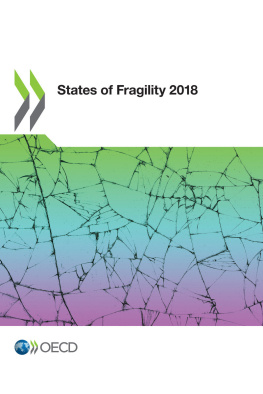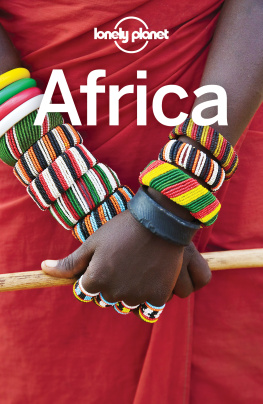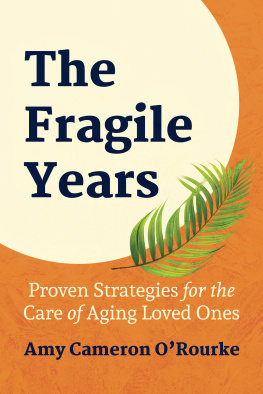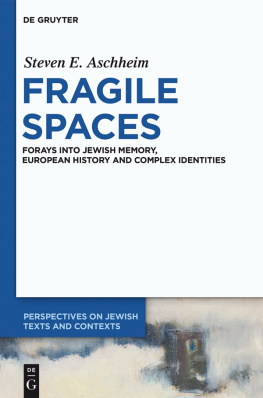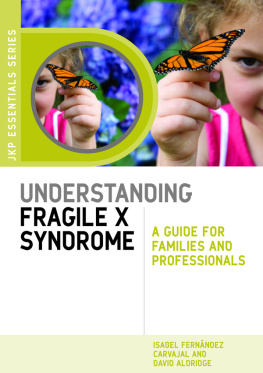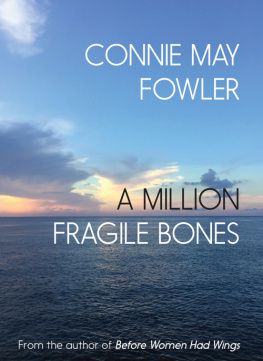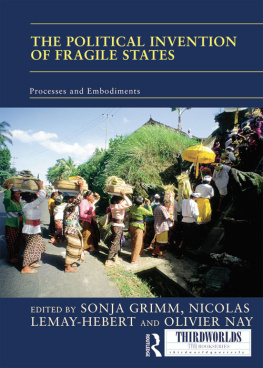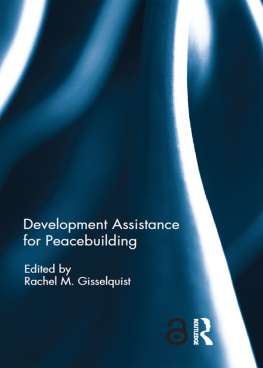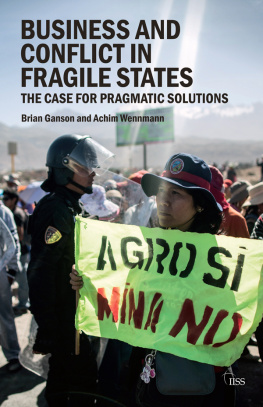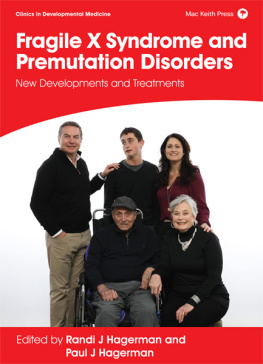The OECDs Development Co-operation Directorate (DCD) has produced Fragile States reports since 2005. These reports explore trends and financial resource flows in fragile and conflict-affected countries and economies. They respond to increasing concerns about the implications of fragility for stability and development, especially in the context of Agenda 2030 and the international promise to leave no one behind. The OECD remains one of only a handful of sources of aggregate data and analysis for fragile contexts as a group. In line with the new, multidimensional concept of fragility that began with the 2015 report, the OECDs annual publications are now referred to as States of Fragility .
The purpose of this series is to provide compelling evidence that can inform donor policies and underpin international debates. By doing so, the reports seek to ensure that issues driving fragility remain high on the international development agenda, while supporting better policy to drive better results where they count most: on the ground.
Concretely, the series aims to enable policymakers to: i) monitor levels and composition of resource flows to fragile contexts; ii) understand qualitative trends related to these flows; and iii) gain an outlook on key issues and countries of concern over the coming years. In line with the aims of the series, this report showcases 12 key trends affecting the fragility landscape, presents the 2018 multidimensional fragility framework and looks at financial flows in support of fragile contexts.
With regard to the data used in the current volume, this report draws on 2016 official development assistance data, the latest available at the time of writing. All amounts referring to 2016 are denoted in current 2016 USD, unless specified otherwise. For time series, constant 2015 USD prices are used. Figures reflect OECD statistics unless indicated otherwise.
Acknowledgements
The OECD would like to thank Sara Batmanglich, Cora Berner, Roberto Schiano Lomoriello and Rachel Scott, who are the authors of this report, except for the key trends. Ten of these twelve trends were written by guest authors. We are grateful to the following people for the contribution of their expertise: Richard Gowan (United Nations University), Robert Muggah (Igarap Institute), Phil Vernon (independent consultant), Duncan Green (London School of Economics), Seth Kaplan (Paul H. Nitze School of Advanced International Studies at Johns Hopkins University), Henri Myrttinen (International Alert), Rebecca Wolfe (Mercy Corps and Yale University), Mark Shaw (Global Initiative Against Transnational Organized Crime), Janani Vivekananda (adelphi), and Robert Lamb (Foundation for Inclusion). The report was conceptualised by Sara Batmanglich, Cora Berner and Roberto Schiano Lomoriello with the assistance of Julia Kaufmann and under the guidance and oversight of Rachel Scott and Nadine Gbossa.
In addition, we would like to sincerely thank David Hammond (Institute for Economics and Peace), who served as senior external consultant on the fragility framework and accompanying methodology; and Yasmin Ahmad, Elena Bernaldo de Quirs, Pierre Blanchard and Andrzej Suchodolski (OECD), who advised on DAC statistics and analysis. We are also very grateful to those who contributed inputs for text boxes: Irene Basile (OECD); Lisa Andersson (OECD); Ronaldo Avendano, El Iza Mohamedou, Yu Tian and Koffi Zougbede (Paris 21); Joseph Stead (OECD); Catherine Anderson, Claire Naval and Franois De Block (OECD); Julia Benn, Valrie Gaveau and Giorgio Gualberti (OECD); Tomas Hos and Ccile Sangar (OECD); Fairlie Chappuis (Geneva Centre for the Democratic Control of Armed Forces); Rebecca Richards (World Food Programme); Troels Sorensen and Albert Mafusire (African Development Bank); and Jonathan Papoulidis (World Vision and Stanford University).
Members of the OECD-DAC International Network on Conflict and Fragility (INCAF) provided substantive advice and feedback from the inception phase onwards, and this report series always benefits from being produced under their aegis. The report also greatly profited from the outcomes of a workshop held in March 2018 in Washington, DC, for which we thank the attendees. A special thank you goes to our invaluable Reference Group members who have steered us through this process: David Korpela (Finland, Ministry for Foreign Affairs), Sidney Leclercq (ACROPOLIS), Diana Klein (United Kingdom Department for International Development), Duncan Green (London School of Economics), Alexandre Marc (World Bank), Gary Milante (Stockholm International Peace Research Institute), Marcus Lenzen (UN Peacebuilding Support Office), Mareike Schomerus (Secure Livelihoods Research Programme/ Overseas Development Institute) Emily Rainey (Australia, Department of Foreign Affairs and Trade), Martin Roch and Nils Rosemann (Swiss Agency for Development and Cooperation), Eirin Mobekk (Norwegian Agency for Development Cooperation), and Pedro Conceio (United Nations Development Programme). Any errors or omissions are the authors.
Alan Whaites, Jorge Rivera, Cyprien Fabre and Hugh Macleman provided additional comments and feedback at key stages. The report was edited by Susan Sachs and proofread by Jill Gaston. Graphic design and data visualisation were provided by Soapbox Graphics. Stacey Bradbury and Anne-Lise Prigent supported the production process at the OECD.
This project was generously co-funded by the Department of Foreign Affairs and Trade (DFAT) of Australia, Global Affairs Canada, Agence Franaise de Dveloppement (AFD), Irish Aid, Swiss Agency for Development and Cooperation (SDC), and the United Kingdom Department for International Development (DfID).

